The perception of accents can change depending on the ethnicity of the speaker and whether the listener was raised in a multilingual, diverse environment
Tag: ACOUSTICS
Noninvasive way to explore traumatic brain injuries
Merging acoustic imaging methods and algorithms allows researchers to explore changes to the brain’s gray and white matter
Acoustics Virtually Everywhere: 25 Scientists Summarize Research They’re Presenting This Week at ASA’s December Meeting
As part of the 179th ASA Meeting, 25 sound scientists summarize their innovative research into 300-500 words for a general audience and provide helpful video, photos, and audio. These lay language papers are written for everyone, not just the scientific community. Acousticians are doing important work to make hospitals quieter, map the global seafloor, translate musical notes into emotion, and understand how the human voice changes with age.
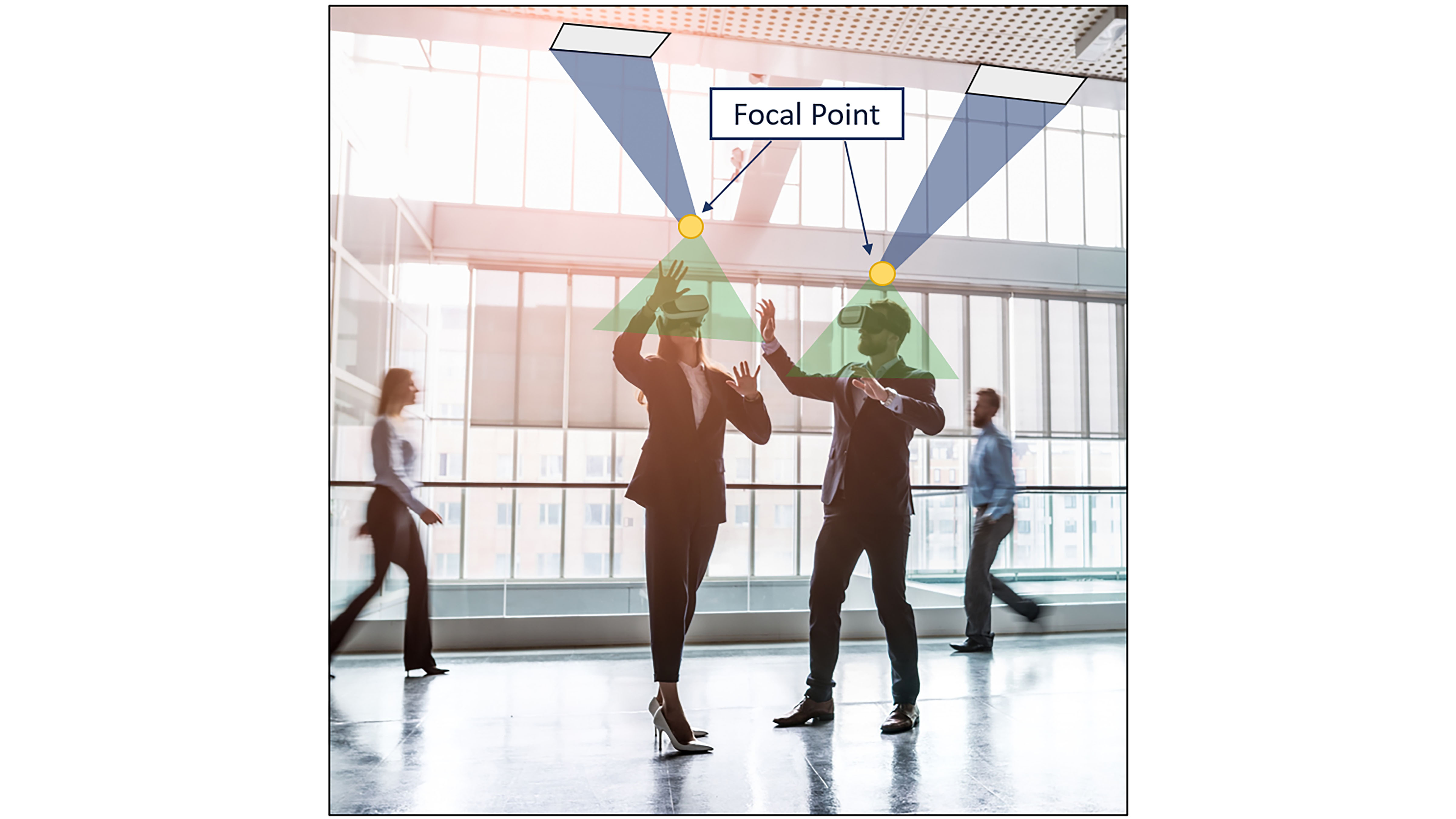
Delivering Sound to People Where They Want It for VR, AR
What if a commercial audio speaker could function like an autozoom projector does for light, and you could deliver the sound people want where they want it? Chinmay Rajguru, from the University of Sussex, will discuss his research team’s work creating a sound projector that can deliver spatial sound at a distance by forming a beam of audible sound at the 179th Meeting of the Acoustical Society of America, Dec. 7-10.
Tiny nanospindles enhance use of ultrasound to fight cancer
Small vanadium-doped titanium dioxide spindles sensitize cancerous tumors to ultrasound waves, markedly suppressing tumor growth

Outside Oz, GLINDA Reports on Tornado Acoustics
During tornado formation, sound waves are produced at very low frequencies. And if your name is GLINDA, you do not need to be in Oz to hear them. Brandon White, at Oklahoma State University, is part of an engineering team that developed the Ground-based Local Infrasound Data Acquisition (GLINDA) system for the acoustic measurement of weather phenomena. He will discuss its design and capabilities at the 179th Meeting of the Acoustical Society of America, Dec. 7-10.
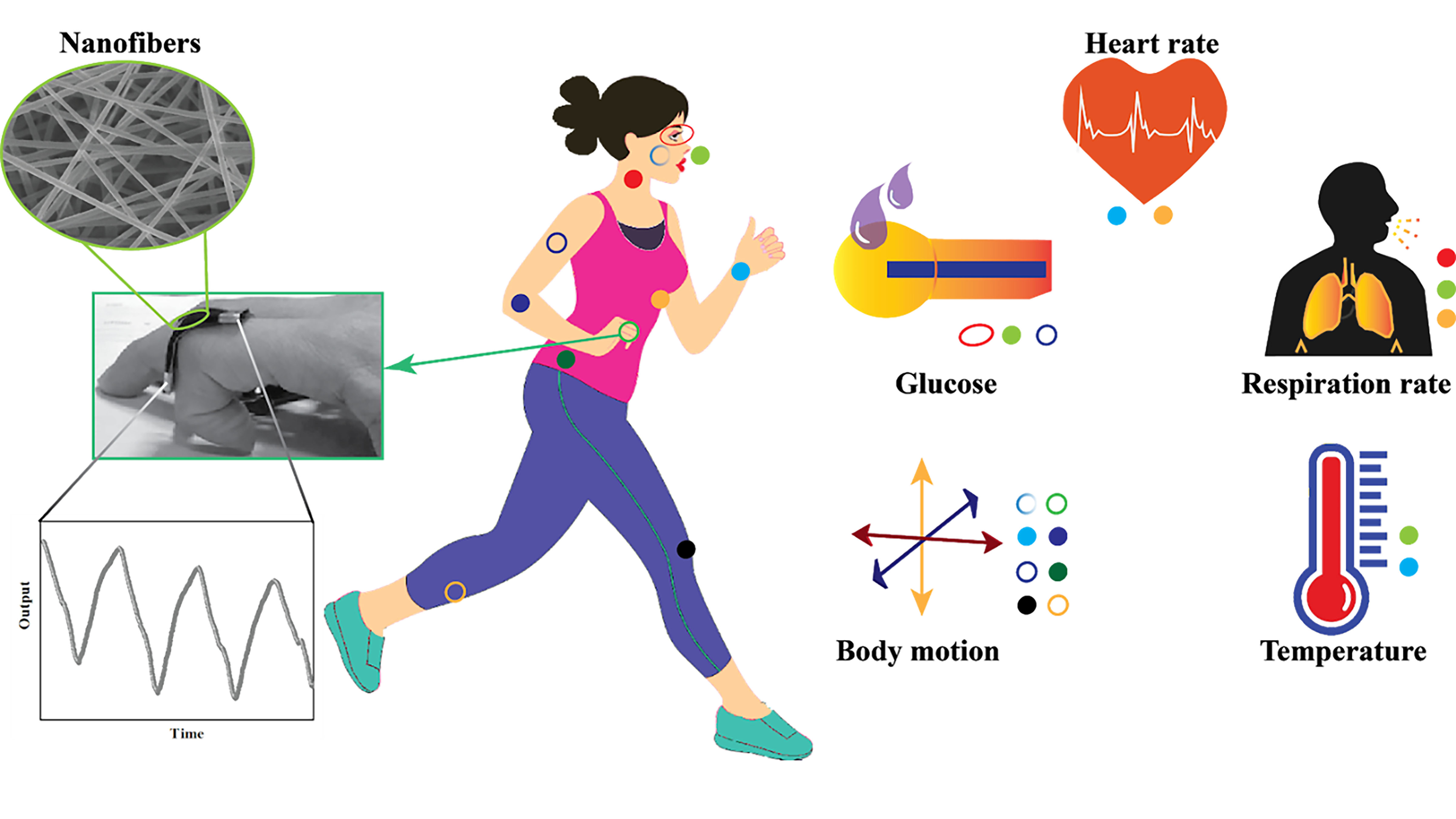
Imitation Mosquito Ears Help Identify Mosquito Species and Sex
Using an imitation “ear” modeled on the organs that mosquitos use to hear, researchers have identified a mosquito’s species and sex using sound — just like mosquitos do themselves. The researchers hope this bioinspired detector could someday be used in the field to save lives by aiding in more selective pesticide use and possibly preventing mosquitos from mating. A presentation of the new research will be given as part of the 179th ASA Meeting.
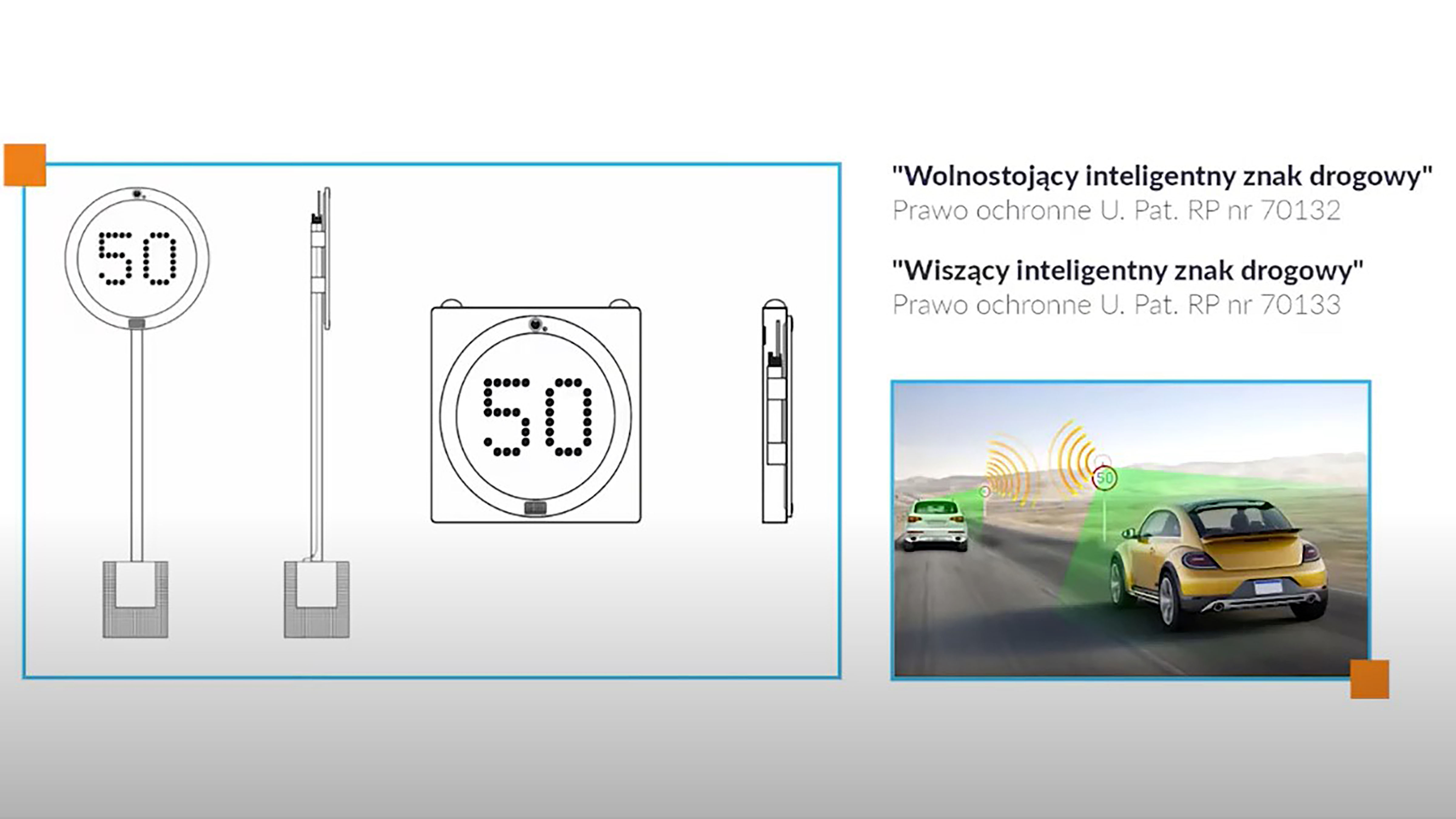
Smarter Traffic Signs Ahead?
Researchers in Poland have created smart road signs that use built-in Doppler radar, video, and acoustic radar and weather stations to monitor road traffic and conditions to warn drivers in real-time of hazards and prevent collisions on highways. During the 179th ASA Meeting, Dec. 7-10, Andrzej Czyzewski will describe his applied research project to develop autonomous road signs with built-in acoustic radar devices.
Acoustics Virtually Everywhere: Schedule for ASA Meeting Press Conferences Dec. 9-11
Press conferences at the 179th Meeting of the Acoustical Society of American will cover the latest in acoustical research, from the impact of face masks to the beating of mosquito wings, and will be held virtually Dec. 9-11. To ensure the safety of attendees, volunteers, and ASA staff, Acoustics Virtually Everywhere will be hosted entirely online.
Two related discoveries advance basic and applied additive manufacturing research
Beautiful physics governs complex energy-matter interactions
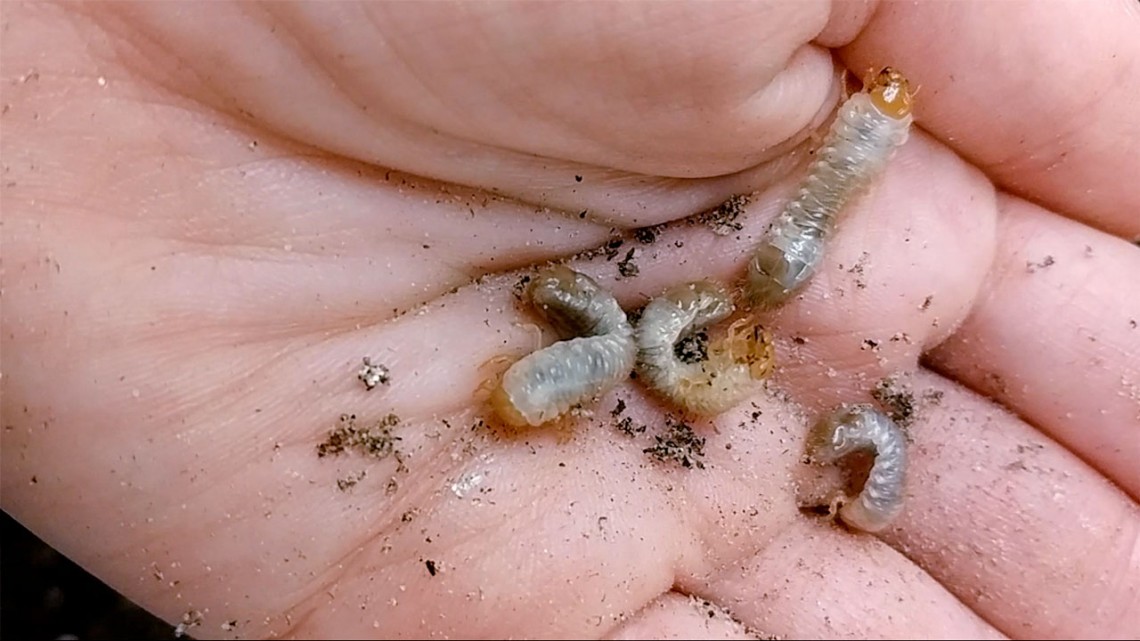
Grant to fund study of acoustics in turfgrass pest control
A team of Cornell University scientists will use acoustic technology to develop efficient and affordable ways to manage soil-dwelling pests and their predators, thanks to a two-year grant from the USDA.
Physicists capture the sound of a “perfect” fluid
The results should help scientists study the viscosity in neutron stars, the plasma of the early universe, and other strongly interacting fluids.
Wind farm and sleep disruption
New research builds on inconsistent prior studies
Sound waves power new advances in drug delivery and smart materials
Pioneering research shows how high-frequency sound waves can help build smart materials, new nanoparticles & deliver drugs to the lungs for painless, needle-free vaccinations
Flow physics could help forecasters predict extreme events
Researchers are studying a tornado’s song and other ‘doors to danger’ in an increasingly chaotic world
Looking inside the glass
Tokyo, Japan – A team of researchers from the Institute of Industrial Science at The University of Tokyo used advanced electron spectroscopy and computer simulations to better understand the internal atomic structure of aluminosilicate glass. They found complex coordination networks…
Save-the-Date: Virtual Scientific Meeting on Sound, Dec. 7-11
The Acoustical Society of America will hold its 179th meeting Dec. 7-11. To ensure the safety of attendees, volunteers, and ASA staff, the December meeting, “Acoustics Virtually Everywhere,” will be hosted entirely online. The conference brings together interdisciplinary groups of scientists spanning physics, medicine, music, psychology, architecture, and engineering to discuss their latest research — including research related to COVID-19.
Save-the-date: Virtual scientific meeting on sound, Dec. 7-11, 2020
Acoustical Society of America to host Acoustics Virtually Everywhere, highlighting the latest in the science of sound
Minor fluctuations in sound make it hard to identify in which concert hall music is played
Study shows music volume has a major impact on how the listener experiences the acoustics of a concert hall
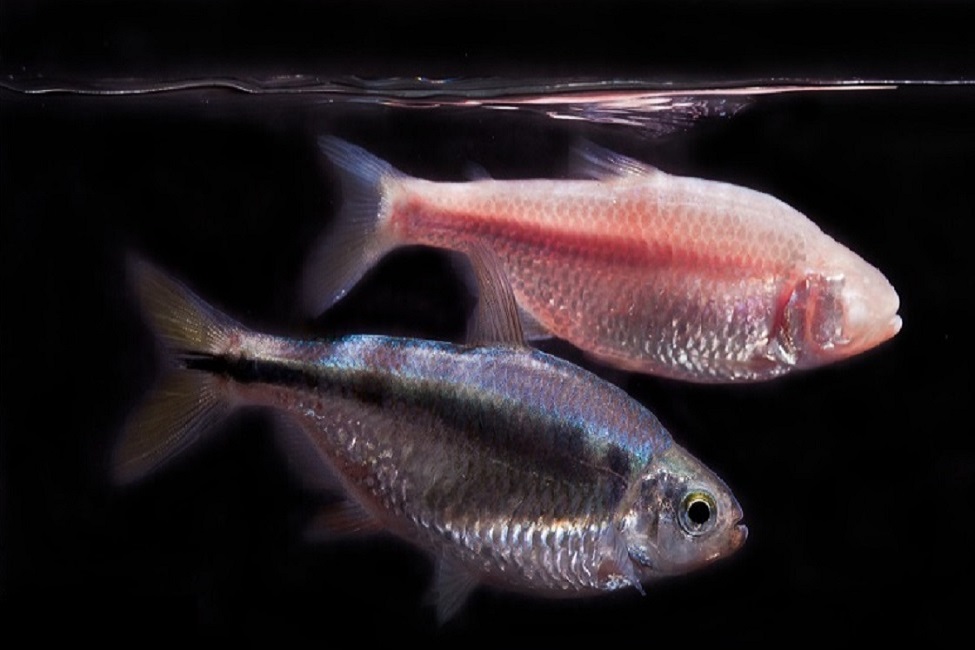
Boo! How Do Mexican Cavefish Escape Predators?
When startled, do all fish respond the same way? A few fish, like Mexican cavefish, have evolved in unique environments without any predators. To see how this lack of predation impacts escape responses that are highly stereotyped across fish species, scientists explored this tiny fish to determine if there are evolved differences in them. Findings reveal that the dramatic ecological differences between cave and river environments contribute to differences in escape behavior in blind cavefish and river-dwelling surface cavefish.
Tetrahedra may explain water ‘s uniqueness
Tokyo, Japan – Researchers at the Institute of Industrial Science at The University of Tokyo sifted through experimental data to probe the possibility that supercooled water has a liquid-to-liquid phase transition between disordered and tetrahedrally structured forms. They found evidence…
Noise can put you off your food
Soft music can improve dining experience: study
A clearer view of what makes glass rigid
Tokyo, Japan – Researchers led by The University of Tokyo employed a new computer model to simulate the networks of force-carrying particles that give amorphous solids their strength even though they lack long range order. This work may lead to…
Sound waves replace human hands in petri dish experiments
Three proof-of-concept prototypes seek to make contactless ‘acoustic tweezer’ technology available to a wide array of laboratories
An unexpected origin story for a lopsided black hole merger
Researchers suggest a novel process to explain the collision of a large black hole and a much smaller one
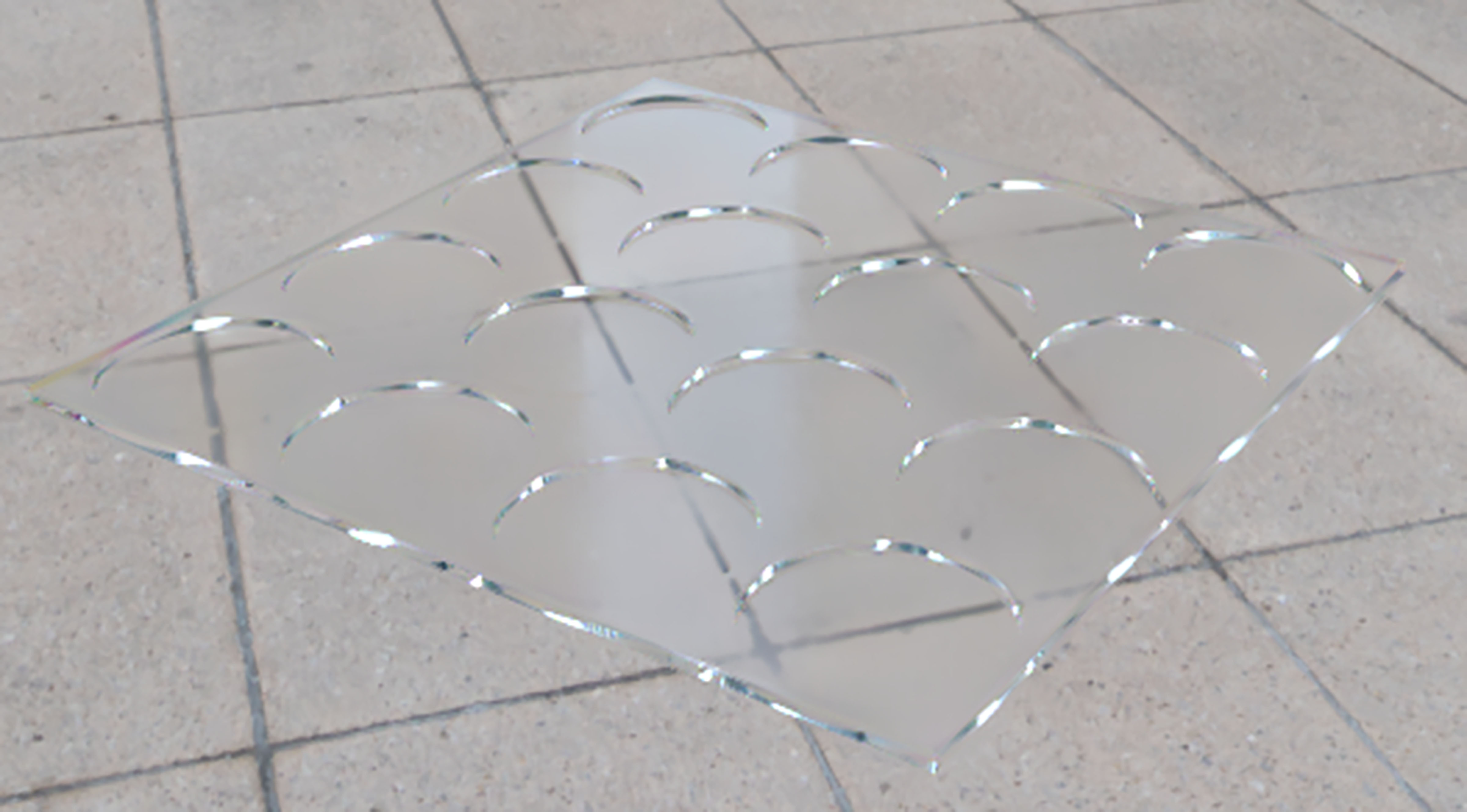
Decorating Windows for Optimal Sound Transmission
Glass windows typically offer some amount of sound proofing, sometimes unintentionally. In general, ventilation is required to achieve large sound transmission. But some applications — like gas explosion studies — require a transparent partition that allows for acoustic propagation without the presence of airflow. In those cases, ventilation is not allowed. In Applied Physics Letters, researchers discuss a layered glass material they developed that allows for efficient sound transmission with no air ventilation.
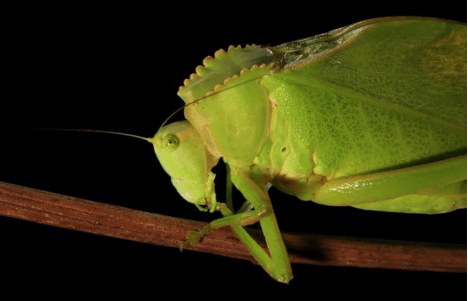
What Did the Katydids Do When Picking Up Bat Sounds?
Ecosystems can be incredibly complex, with many interacting species. In many habitats, predators shape they behavior of prey and prey shape the behavior of predators. This paper provides a detailed look at the predator-prey relationship between bats and katydids, a group of insects related to crickets and grasshoppers.
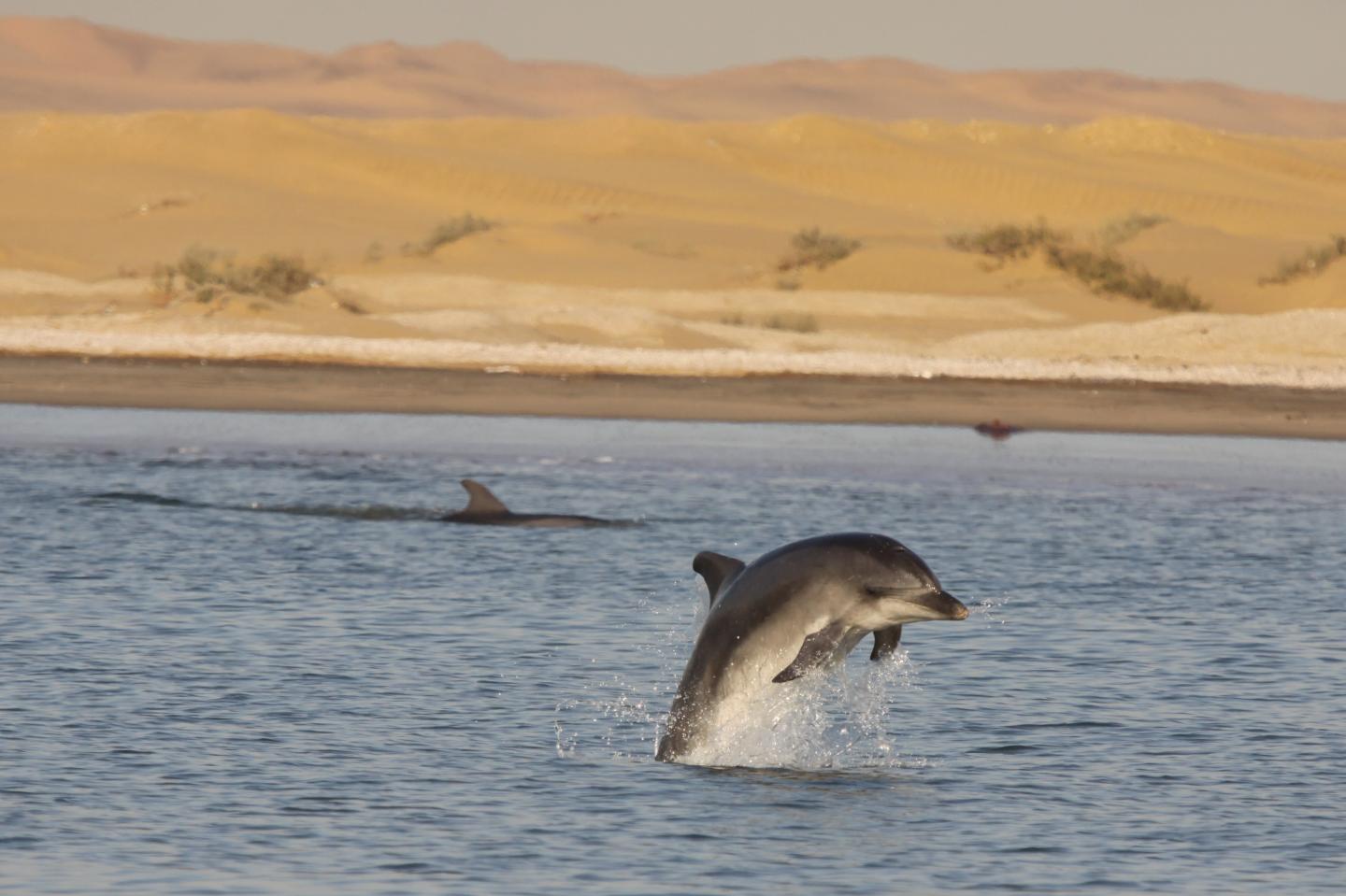
Call of the wild: Individual dolphin calls used to estimate population size and movement
An international team of scientists has succeeded in using the signature whistles of individual bottlenose dolphins to estimate the size of the population and track their movement.
Call of the wild: Individual dolphin calls used to estimate population size and movement
An international team of scientists has succeeded in using the signature whistles of individual bottlenose dolphins to estimate the size of the population and track their movement. The research, led by Stellenbosch University and the University of Plymouth, marks the…
Studying water polo for kicks
Scientists at the University of Tsukuba measure the propulsive force of water polo players while executing highly efficient “eggbeater” kicks, paving the way to improved sports performance and new undersea transportation methods
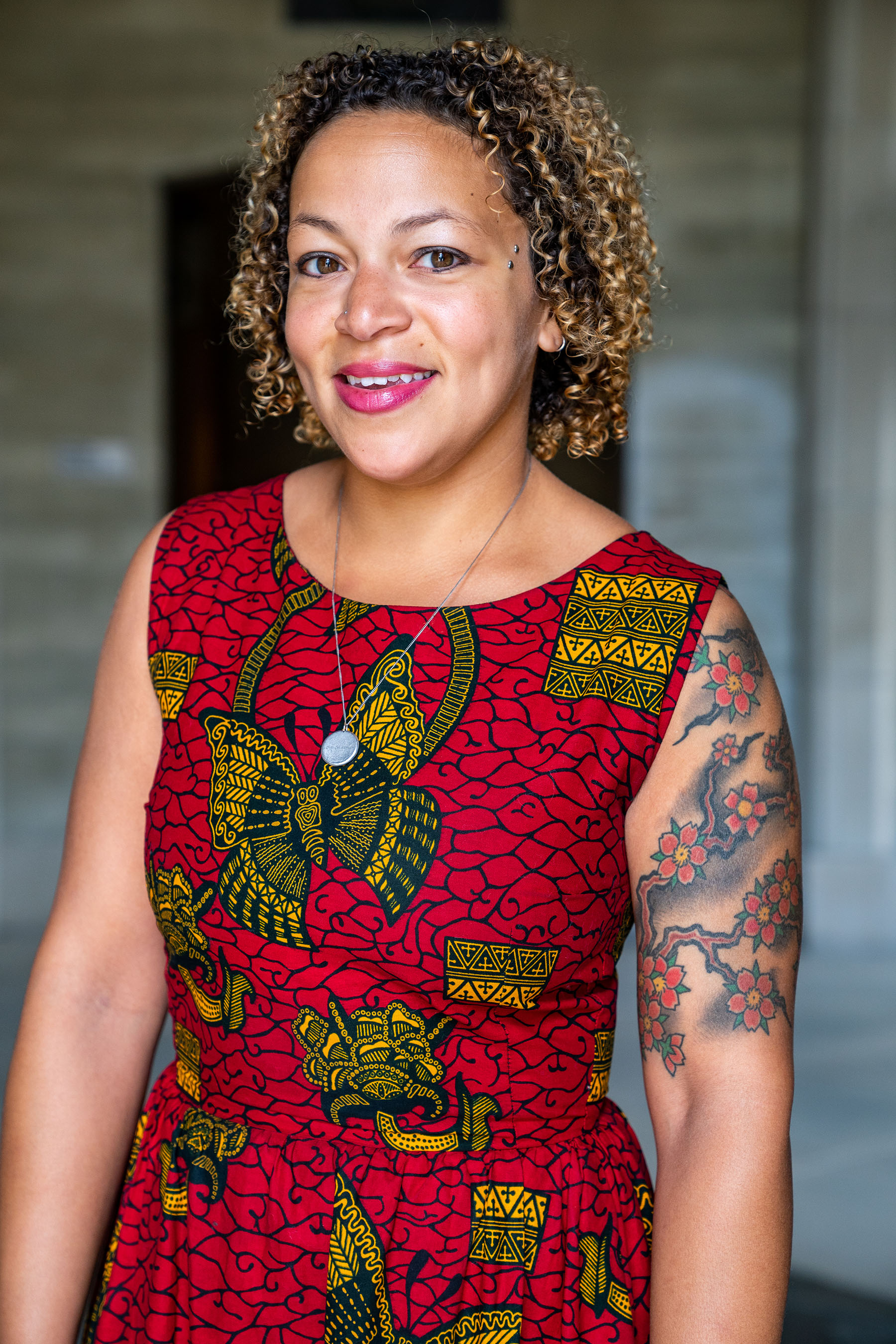
International Year of Sound Virtual Speaker Series Focuses on Tone of Your Voice
The Acoustical Society of America continues its series of virtual talks featuring acoustical experts as part of the International Year of Sound celebration. For the third presentation in the series, Nicole Holliday, an assistant professor of linguistics at the University of Pennsylvania, will examine how our voices convey meaning in their tone and what listeners perceive. Specifically, her virtual talk on Aug. 20 will reflect on what language can tell us about identity and inequality.
What violin synchronization can teach us about better networking in complex times
STONY BROOK, NY, August 11, 2020 – Human networking involves every field and includes small groups of people to large, coordinated systems working together toward a goal, be it traffic management in an urban area, economic systems or epidemic control.…
Scientists develop principles for the creation of an “acoustic diode”
Device would allow sound waves to propagate in only one direction
Speaker Change: International Year of Sound Events Explore Acoustics from Steelpan Music to Oceanography
The Acoustical Society of America continues to host virtual events in August as part of the International Year of Sound. The ASA Student Council will host Virtual Student Summer Talks for science students to present their research on topics ranging from acoustical oceanography to speech communication and Andrew Morrison will discuss how the acoustical physics of the steelpan helps machine learning algorithms process large datasets. All events are open to the public, and admission is free.

International Year of Sound Events Explore Acoustics from Sounds of the Sacred to Oceanography
The Acoustical Society of America continues to host virtual events in August as part of the International Year of Sound. The ASA Student Council will host Virtual Student Summer Talks for science students to present their research on topics ranging from acoustical oceanography to speech communication and David Carreon Bradley will discuss how sounds in religious spaces are essential to the worship experience. All events are open to the public, and admission is free.
Biotelemetry provides unique glimpse into whitespotted eagle rays’ behavior
Study by FAU harbor branch scientists first to characterize ecology of this ‘near threatened’ species in Florida
Media tip sheet: Going high-tech in ecology
Featured presentations at the 105th Annual Meeting of the Ecological Society of America
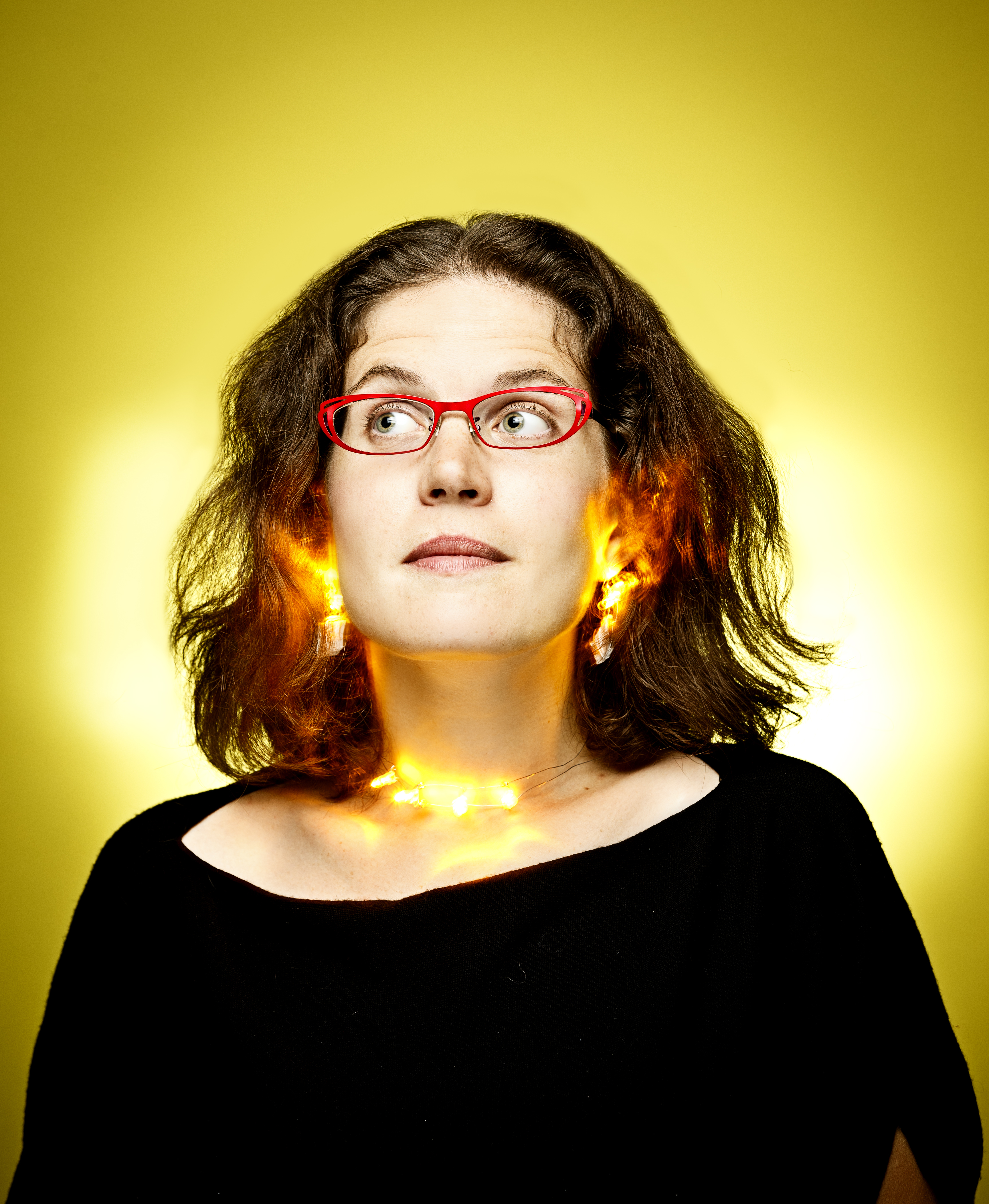
International Year of Sound Virtual Speaker Series Begins with Music
The Acoustical Society of America is hosting a series of experts to talk about how sounds affect everyone in different ways as part of the celebration of the International Year of Sound. The series features acoustic scientists from a range of backgrounds who will stimulate the understanding of the important role that sound plays in all aspects of our society. Three acoustic experts will be making their presentations virtually, and ASA encourages media, scientists, audio enthusiasts, students, educators and families to tune in. All events are open to the public, and admission is free.
Levitating droplets allow scientists to perform ‘touchless’ chemical reactions
Levitation has long been a staple of magic tricks and movies. But in the lab, it’s no trick. Scientists can levitate droplets of liquid, though mixing them and observing the reactions has been challenging. The pay-off, however, could be big…
Levitating droplets allow scientists to perform ‘touchless’ chemical reactions
Levitation has long been a staple of magic tricks and movies. But in the lab, it’s no trick. Scientists can levitate droplets of liquid, though mixing them and observing the reactions has been challenging. The pay-off, however, could be big…
Physicist Andrea Alù selected for a highly competitive Simons Collaboration Research Award
Supported by a major multi-year funding, the collaboration seeks to change our understanding and control of wave propagation, enabling leapfrog technologies
High-resolution 3D view inside tumors
Opto-acoustic mesoscopy visualizes tumor tissue patterns
High-resolution 3D view inside tumors
Opto-acoustic mesoscopy visualizes tumor tissue patterns
A nice day for a quantum walk
Researchers at Osaka University use their ability to precisely control the vibrations of coupled ions to demonstrate a “quantum random walk.” This work may lead quantum chemistry simulations that can yield new biological insights
Ultrasonic technique discloses the identity of graphite
A group of scientists from Osaka University, in cooperation with Kaneka Corporation, evaluated the interplanar bond strength of graphene by measuring the elastic constant of graphite, demonstrating that the elastic constant of monocrystalline graphite (Figure 1, top) was above 45…
Ultrasonic technique discloses the identity of graphite
A group of scientists from Osaka University, in cooperation with Kaneka Corporation, evaluated the interplanar bond strength of graphene by measuring the elastic constant of graphite, demonstrating that the elastic constant of monocrystalline graphite (Figure 1, top) was above 45…
Gestures heard as well as seen
Gesturing with the hands while speaking is a common human behavior, but no one knows why we do it. Now, a group of UConn researchers reports in the May 11 issue of PNAS that gesturing adds emphasis to speech–but not in the way researchers had thought.
Gestures heard as well as seen
Gesturing adds emphasis to speech — but not in the way researchers thought
Gestures heard as well as seen
Gesturing adds emphasis to speech — but not in the way researchers thought
Using a smartphone to diagnose COVID-19 at home
PITTSBURGH (May 12, 2020) … In Pennsylvania and other U.S. states, one of the keys to safely reopening society amid the COVID-19 pandemic is providing sufficient testing so that new cases of the disease do not overwhelm the public healthcare…